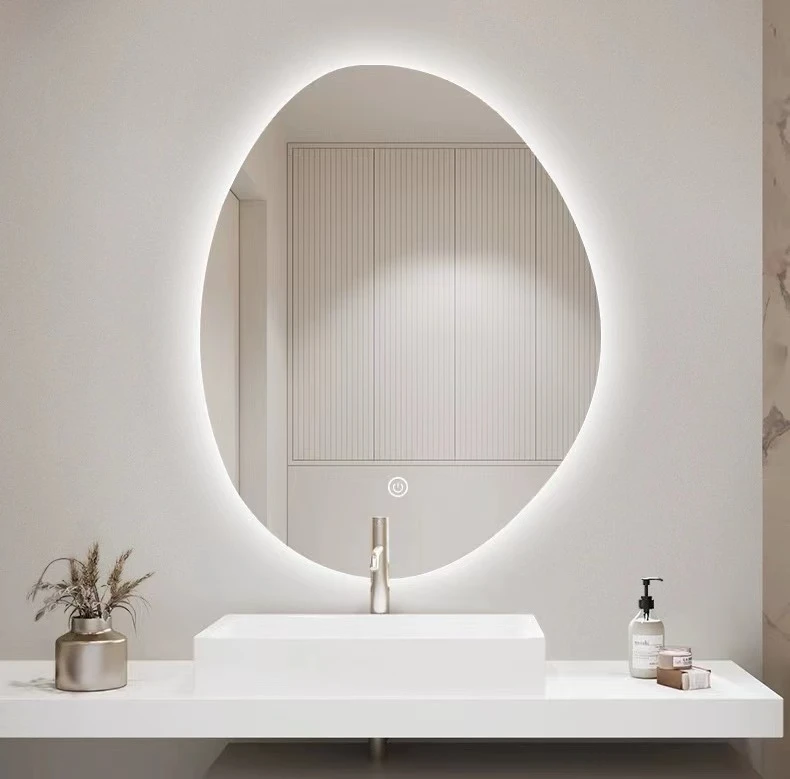

Frosted Glass Treatment A Contemporary Design Element
In the realm of interior design and architectural elements, frosted glass treatment has emerged as a foremost choice for those seeking a blend of elegance, privacy, and light diffusion. This technique involves the application of a translucent finish to glass surfaces, resulting in a soft, diffused appearance that can enhance a space's aesthetic while maintaining functionality. Whether used in residential or commercial settings, frosted glass adds a contemporary touch and serves a multitude of purposes.
One of the primary reasons for the popularity of frosted glass treatment is its ability to provide privacy without completely obstructing light. Traditional window treatments, such as curtains and blinds, can darken a space and create a sense of confinement. In contrast, frosted glass allows natural light to filter through while obscuring the view from the outside. This makes it an ideal option for areas such as bathroom windows, office partitions, or conference rooms, where privacy is crucial without sacrificing brightness.
In addition to its practical benefits, frosted glass treatment offers versatile design possibilities. The frosting effect can be achieved through several methods, including sandblasting, acid etching, or applying a vinyl film. Each technique provides varied textures and appearances, allowing homeowners and designers to tailor the look to match their specific tastes and needs. For instance, sandblasted glass can showcase intricate patterns or logos, making it a popular choice for corporate environments or artistic installations.
Moreover, frosted glass can serve as a statement piece or subtle backdrop, depending on how it is used within a space. In modern homes, it is common to see frosted glass doors as part of a sleek entryway, where they lend an air of sophistication while allowing light to cascade through. In contrast, frosted glass panels in a shower enclosure provide a sense of openness in a bathroom, all while keeping the space feel fresh and airy.

The maintenance of frosted glass is relatively uncomplicated, making it an attractive option for busy households and commercial properties alike. The surface is easy to clean, often requiring just a simple wipe-down with non-abrasive cleaners to maintain its appearance. This durability and ease of cleaning further solidify frosted glass's place in modern design.
Frosted glass treatment also carries sustainable benefits. In spaces where natural light is prioritized yet privacy is vital, frosted glass can reduce reliance on artificial lighting during the day. This not only lowers energy consumption but also creates an inviting atmosphere that can enhance mood and productivity. As sustainability continues to be a critical concern in design, the choice of frosted glass aligns with eco-friendly practices.
Looking toward the future, frosted glass treatment is likely to evolve alongside technological advancements. Smart glass technologies may soon incorporate dynamic frosted finishes that can be adjusted with a touch or automated system, allowing users to change the level of transparency depending on the time of day or specific needs. Such innovations promise to enhance the functionality of frosted glass while maintaining its aesthetic appeal.
In conclusion, frosted glass treatment has solidified its position as a contemporary design element that masterfully balances aesthetics with functionality. Its ability to offer privacy while diffusing light makes it an ideal choice for a wide range of applications, from residential to commercial spaces. With its versatility in design and ease of maintenance, it is no wonder that frosted glass continues to captivate architects, designers, and homeowners alike. As we embrace new technologies and design trends, frosted glass will undoubtedly remain a significant player in the ever-evolving landscape of interior and architectural design. Whether used in small accents or bold installations, it reflects a modern sensibility that resonates with the needs and preferences of today's society.